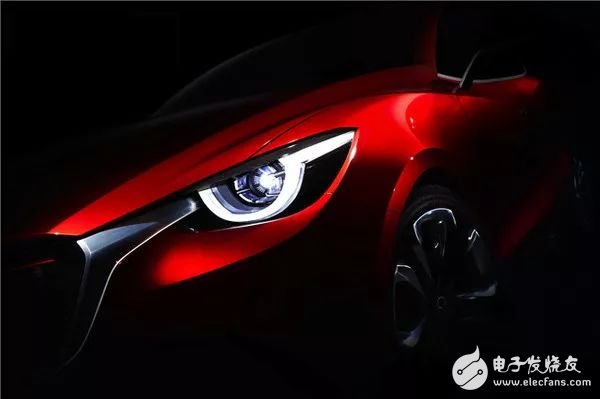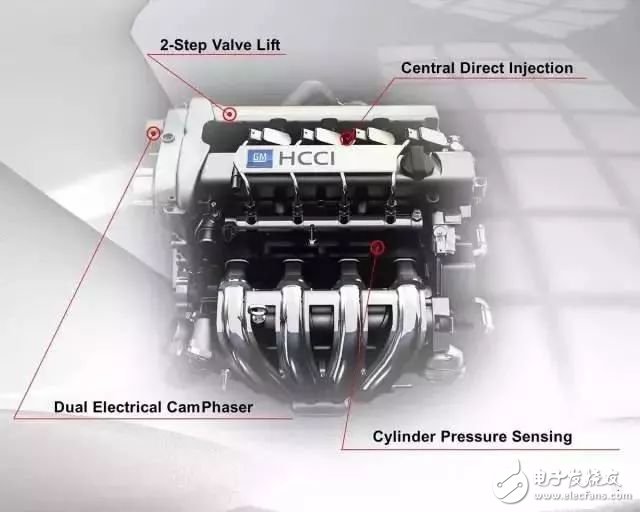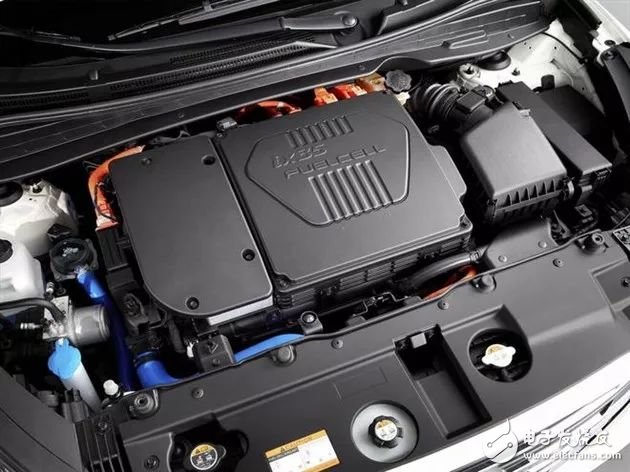About 1/3 of the energy in the fuel tank of the car turns into power. Can this ratio be higher? On the 15th, at the "International Symposium on Transformation and Upgrading of Traditional Fuel Vehicle Power Technologies" held at the China Science and Technology Hall, experts from various countries said that "the engine thermal efficiency has increased to 50%" is promising. Minister of Science and Technology Wan Gang and the experts conducted in-depth discussions.

The gasoline engine for automobiles has a thermal efficiency of 25% to 35%, and the diesel engine is slightly higher by a few percentage points. The mass-produced gasoline engine for vehicles has a thermal efficiency record of 40%. In the past 20 years, this record has increased by 3 percentage points. However, at this meeting, experts from all sides are still optimistic about the improvement of engine level.
"The new technologies of internal combustion engines are emerging one after another, and will occupy an important position for a long time." Su Wanhua, an academician of the Chinese Academy of Engineering and an internal combustion engine expert, said at the meeting that the world's major engine manufacturers are developing advanced combustion technologies, as well as intelligent control, small supercharger and Various techniques to reduce losses. The laboratory has a lot of technical reserves.

The limit of thermal efficiency of internal combustion engines is about 60%, and the larger the engine, the easier it is to be efficient. Power plant steam turbines can achieve thermal efficiencies of more than 50%, and cars will be close to this level.
Stephen Pissinger, CEO of FEV Engines of Germany, said at the meeting that the thermal efficiency record of German internal combustion engines has increased from 39% to 50% in the past, and future exhaust gas recirculation technology will become popular.
Helmert Liszt, CEO of Austrian AVL, also said that the current internal combustion engine competition is a good goal, carbon zero emissions are a common goal. AVL achieves 50% thermal efficiency on a truck engine supported by the US Department of Energy and will be further enhanced.
Su Wanhua said that by using mixed fuels, the University of Wisconsin's engine thermal efficiency can reach 54%, and even said to reach 57%. Suwanhua Lab has also reached 54%. The Suwanhua team also developed a technology for burning naphtha, which is a raw material for refining gasoline, thus avoiding the cost of refining gasoline.
Wu Zhixin, deputy director of the China Automotive Technology and Research Center, proposed that the optimal efficiency of the engine can be 50%, and the actual driving efficiency is far from being achieved. Electric systems are needed to help the internal combustion engine achieve its efficiency. Moreover, different countries have different road conditions and different technologies should be adopted.

Wan Gang said that China will focus on R&D resources in high-intensity machine technology, high-performance key component technology, advanced combustion technology, low-module technology, low-power accessories, waste heat utilization, and post-processing. Wan Gang also pointed out that improving engine efficiency through fuel cells is a direction.
Liszt said that 150 experts around the world are developing fuel cells. Pisinger predicts that in 2025, the cost of cars with lithium batteries and fuel cells will cost 7400 euros more than a typical electric car.
Nissan, vice president of Japan Nissan Corporation, said that Nissan is combining electric motors and internal combustion engines. By 2020, the internal combustion engine will become a generator for its power platform.
Qin Yong, director of the High-tech Department of the Ministry of Science and Technology, said that they will use hydrogen fuel cells as an important direction for the transformation and upgrading of automobile power, and strive to build a fuel cell base of 100,000 sets of capacity by 2022 to realize the application of a million-stage fuel cell engine. The promotion of thousands of units of vehicles is expected to exceed 5 billion yuan in total R&D expenses.
Stainless Steel Hexagonal Bar,420 Stainless Steel Hexagonal Bar,Stainless Steel Bar Metal Rod,Stainless Steel Bar Top
ShenZhen Haofa Metal Precision Parts Technology Co., Ltd. , https://www.haofametal.com